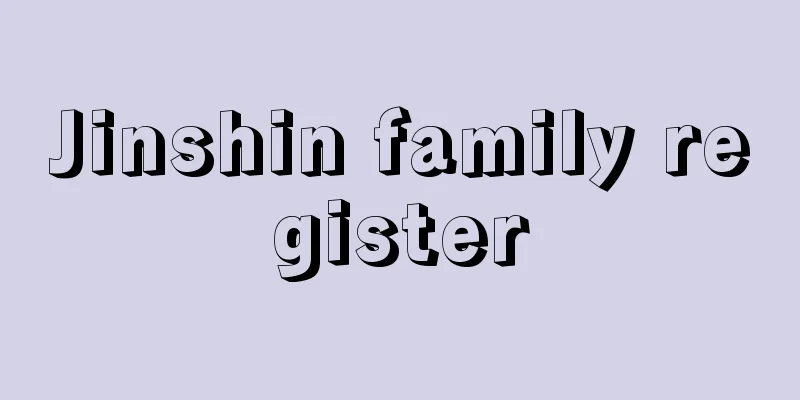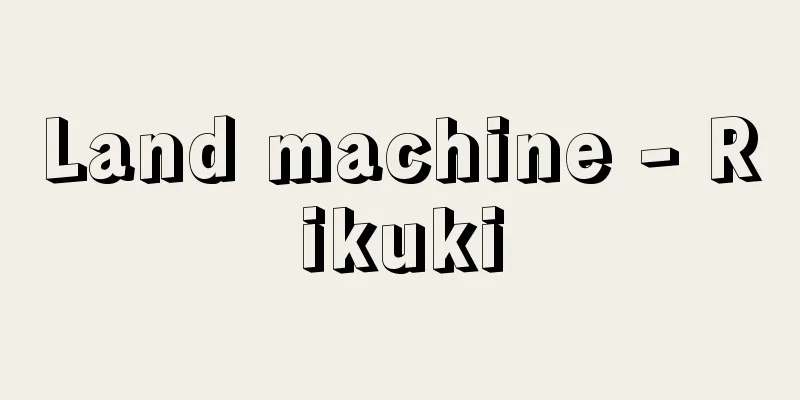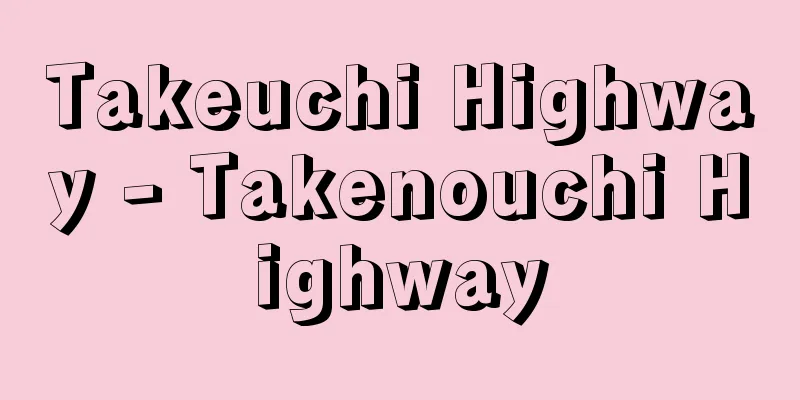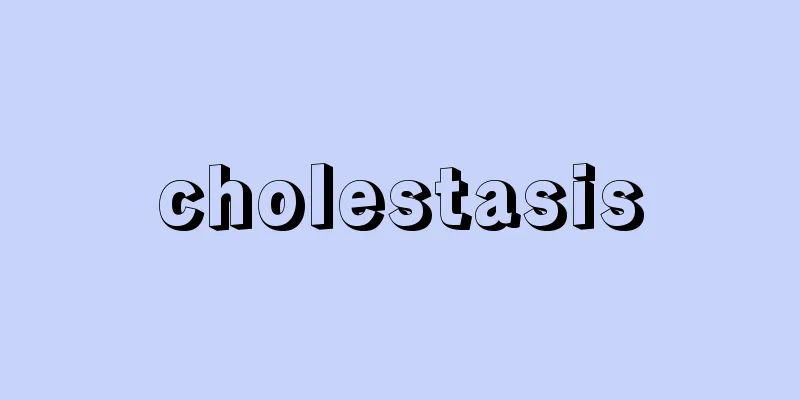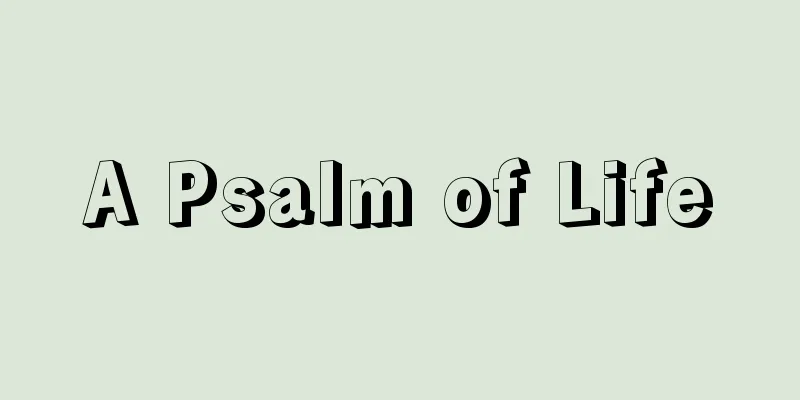Inserted head - Kazashi

〘Noun〙 (Noun derived from the conjunctive form of the verb "kazasu (to insert hair)") 1. The act of inserting flowers, branches, artificial flowers, etc. into hair or a crown. Also, the thing itself. Originally it arose from infectious magic that sought to absorb the life force of plants, and later became an ornament. →Uzu (topknot). ※Man'yoshu (late 8th century) 5.820 "The plum blossoms are now in full bloom, and I think that the kazashi (umbrella) is now in full bloom." ※Genji (c. 1001-14) Momiji-ga "The autumn leaves of the umbrella are falling so quickly, I love it." 2. Circumstances. Also, blood relations. Refers to the form "same kazashi ( to insert hair) ." 3. One of the terms used by linguist Fujitani Nariakira in the Edo period to classify words in the Japanese language. From the standpoint of sentence components, Japanese words were classified into four types, along with "na " (name) , "yosoi" (ornament) , and " ayui" ( attachment), and were referred to as words that function as modifiers in a broad sense. They include pronouns, adverbs, interjections, conjunctions, and prefixes. *Kazashi-sho (1767) Vol. 1 "There are three levels of words. One is kasashi. Two is yosoi. Three is ayuhi. The names of things are not included in these three levels." [Etymology] → Etymology of "kazasu (insertion)"Kazasu [inserted head](2) In addition to this word, "Kazura" and "Kazuraku" are also words that refer to long vines worn on the head and have the meaning of vine-based contagion magic. →Katsura (wig) and Kazuraku (wig) Source: The Selected Edition of the Japanese Language Dictionary About the Selected Edition of the Japanese Language Dictionary Information |
〘名〙 (動詞「かざす(挿頭)」の連用形の名詞化)① 髪や冠に、花や枝、造花などをさすこと。また、そのもの。もと、植物の生命力を身につけようとする感染呪術より生じ、のちに装飾となった。→髻華(うず)。※万葉(8C後)五・八二〇「梅の花今盛りなり思ふどち加射之(カザシ)にしてな今盛りなり」※源氏(1001‐14頃)紅葉賀「かさしの紅葉、いたう散りすきて」② 境遇。また、血縁関係。「同じ挿頭(かざし)」の形でいう。③ 江戸時代、国語学者、富士谷成章(ふじたになりあきら)の用いた、国語の単語分類用語の一つ。文の成分という立場から、国語の単語を「名(な)」「装(よそい)」「脚結(あゆい)」と合わせて四種に分類、広義の修飾語的な働きをするものを称した。代名詞、副詞、感動詞、接続詞、接頭語の類を含んでいる。※かざし抄(1767)上「ことばにみつのくらゐをさだむ。ひとつにはかさし。二にはよそひ。みつにはあゆひなり。ものの名をば、このみつのうちにいれず」[語誌]→「かざす(挿頭)」の語誌
かざ・す【挿頭】(2)この語の他に、「かづら」「かづらく」も長い蔓のものを頭に着け、蔓草の感染呪術の意味を持つ。→かつら(鬘)・かずらく(鬘) 出典 精選版 日本国語大辞典精選版 日本国語大辞典について 情報 |
Recommend
National Conference for the Prohibition of Nuclear Weapons and Peace Building - Kakuheikinshiheiwensetsukokuminkaigi
Its abbreviation is Nuclear Ban Conference. It was...
North China Development Co., Ltd.
…In December 1939, the Mengjiang United Autonomou...
Mirafra
…Of the 15 genera and 75 species, all of them and...
Iris Chrysographes - Iris Chrysographes
...The closely related Iris sibirica L., native t...
Upper Austria [State] (English spelling) Oberösterreich
A northern Austrian state (land). It has an area o...
Pleydenwurf, H. (English spelling) PleydenwurfH
...On the other hand, the South German artists Lu...
Ovenbird (Kamadori) - Kamadori (English spelling) ovenbird
A general term for birds of the passerine order, f...
Kichikichi grasshopper - Kichikichi grasshopper
An orthoptera insect, the former name of the fals...
Djibouti Franc (English spelling)
…Official name = Republic of DjiboutiJumhūrīya al...
Gasoline direct injection engine
⇒Direct injection engine Source: About Shogakukan ...
Guillaume de Volpiano (English spelling) Guillaume de Volpiano
…Composer Rameau, sculptor Ludes, and architect E...
fiorino d'oro (English spelling) fiorinodoro
…These bank certificates were especially popular ...
Aikawa [town] - Aikawa
A former town in Kitaakita County in northern Akit...
Anti-home drama
... Meanwhile, film home dramas went into decline...
Magistrate - Bugyo
〘 noun 〙① (━suru) To command others and execute ma...


